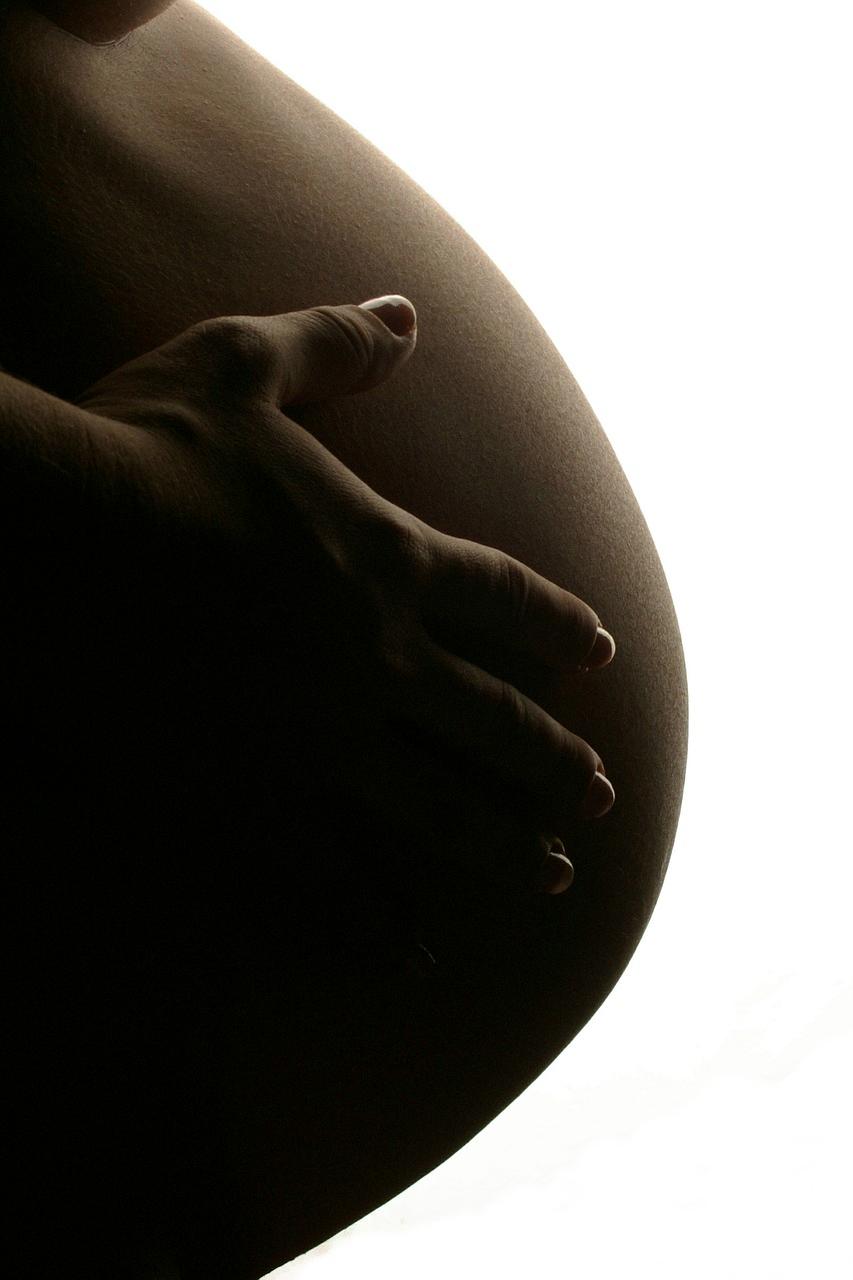When it comes to the question of what causes miscarriage with a septate uterus, it’s crucial to delve into the unique anatomy of the uterus. A septate uterus is a congenital condition where a band of tissue, known as the septum, divides the uterine cavity into two separate compartments. This structural abnormality can impact the ability of the uterus to support a growing pregnancy.
Mechanical Factors
One of the primary reasons behind miscarriage in women with a septate uterus is related to mechanical factors. The presence of the septum creates an irregular shape within the uterus, which can lead to implantation issues. The septum may limit the space available for the developing embryo to implant securely, leading to a higher risk of miscarriage.
Reduced Blood Supply
Another aspect that can contribute to miscarriage in individuals with a septate uterus is the potential impact on blood supply. The septum within the uterus may interfere with the normal blood flow to the developing fetus. Insufficient blood supply can impede the proper development of the pregnancy, increasing the likelihood of miscarriage.
Hormonal Imbalances
Hormonal imbalances can also play a role in causing miscarriage with a septate uterus. The altered uterine environment due to the presence of the septum may disrupt the hormonal balance necessary to sustain a healthy pregnancy. This imbalance can affect crucial processes such as implantation, fetal growth, and placental development.
Impact on Embryo
Furthermore, the septum in the uterus can directly impact the developing embryo. The abnormal shape of the uterine cavity may hinder the proper growth of the embryo, making it more vulnerable to complications. This can result in a higher incidence of miscarriage in women with a septate uterus compared to those with a normal uterine structure.
Increased Risk of Pregnancy Complications
Women with a septate uterus not only face a higher risk of miscarriage but also an increased likelihood of other pregnancy complications. The presence of the septum can lead to issues such as preterm birth, fetal growth restriction, and abnormal fetal positioning. These factors collectively contribute to the challenges associated with carrying a pregnancy to term.
Challenges during Labor
Moreover, the structural abnormalities caused by a septate uterus can pose challenges during labor and delivery. The septum may affect the ability of the uterus to contract effectively, potentially leading to prolonged labor or difficulties in the birthing process. This can necessitate additional medical interventions to ensure a safe delivery for both the mother and the baby.
Diagnostic Challenges
Diagnosing a septate uterus can be challenging as the condition may not always present with noticeable symptoms. The presence of a septum may only become apparent during imaging studies or diagnostic procedures conducted for other reasons. This delayed diagnosis can impact the management of pregnancy in women with a septate uterus.
Treatment Options
When it comes to addressing the increased risk of miscarriage with a septate uterus, treatment options may vary depending on the individual’s specific situation. Surgical interventions such as hysteroscopic septum resection can help correct the uterine anomaly and improve the chances of a successful pregnancy. Close monitoring and specialized care during pregnancy are essential to manage the associated risks.
Emotional Impact
Dealing with the possibility of miscarriage and pregnancy complications can take a significant emotional toll on individuals with a septate uterus. The uncertainty surrounding each pregnancy and the risk of loss can lead to heightened anxiety and stress. Seeking support from healthcare providers, counselors, and support groups can be beneficial in navigating this emotional journey.
Future Pregnancy Planning
For individuals with a septate uterus who have experienced miscarriage or pregnancy loss, planning for future pregnancies may involve careful consideration and medical guidance. Understanding the factors contributing to miscarriage with a septate uterus can help in making informed decisions regarding fertility treatments, pregnancy management, and potential interventions to improve outcomes.
Looking Ahead
While the risk of miscarriage with a septate uterus presents challenges, advancements in medical technology and personalized care offer hope for individuals navigating this complex condition. By addressing the underlying causes and implementing tailored treatment approaches, individuals with a septate uterus can optimize their chances of a successful pregnancy and healthy birth outcomes.

